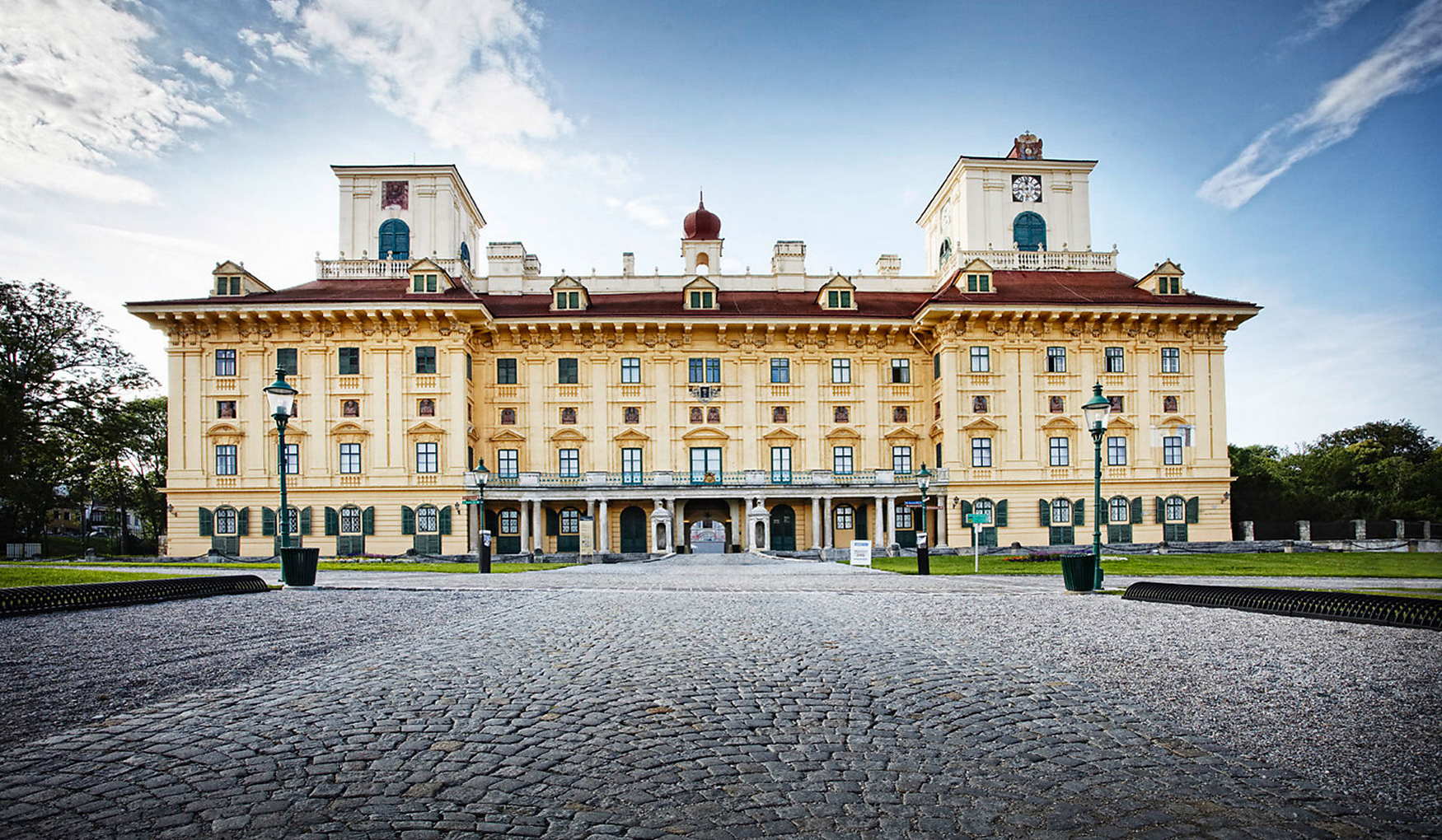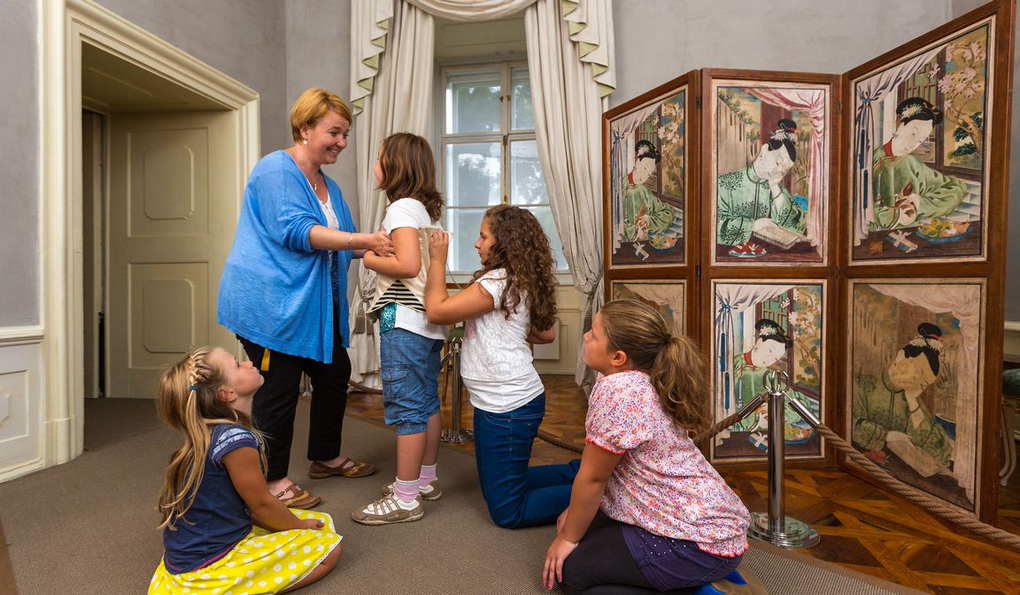It turns out that if you want to see Versailles, you don't have to go to Paris, but to the outskirts of Vienna. Here, in the pleasant town of Eisenstadt, is the Esterházy Palace — an Austrian miniature of Versailles, built according to one version by Carlo Martino Carione and according to another by Filiberto Lucchese.
The site was once occupied by Gothic bastions, but the new owner of the castle, Prince Miklós Esterházy, decided to build something lighter and more positive in its place. In 1675 a beautiful, light Baroque palace was built, which became the residence of the prince and his descendants for the next three centuries.
The Esterházy Palace is a long building with identical facades on all sides. The ground floor was decorated with columns, the work of the Italian sculptor Andrea Bertinalli.
He also created sumptuous stucco on the facades and in the courtyard. The palace is now painted a sunny yellow. It is thought that the façade was originally grey, white and pink, while the courtyard was light grey, white and blue.
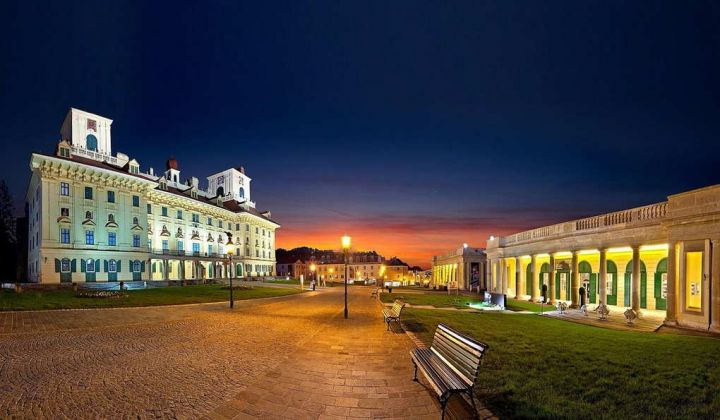
Bertinelli's stucco is notable for its bizarre patterns of distorted human faces. It is said that during the construction, officials delayed paying the workers and they retaliated by making their faces in the stucco.
Immediately after its construction, a four-metre deep moat was dug around the palace. Access to the grounds was only possible via a drawbridge. During the reconstruction in the 18th century, not only was the moat filled in, but most of the interior rooms were also rebuilt.
The ceilings were decorated with stucco and new, more modern floors and heating stoves were added. The two main staircases of the palace as we see them today are also the result of reconstruction. The palace grounds also include the princely stables and a separate guardhouse.
In the 19th century, another prince of the Esterházy family decided that the classical Renaissance style was more suited to his lifestyle. A grandiose project to renovate the palace was therefore conceived.
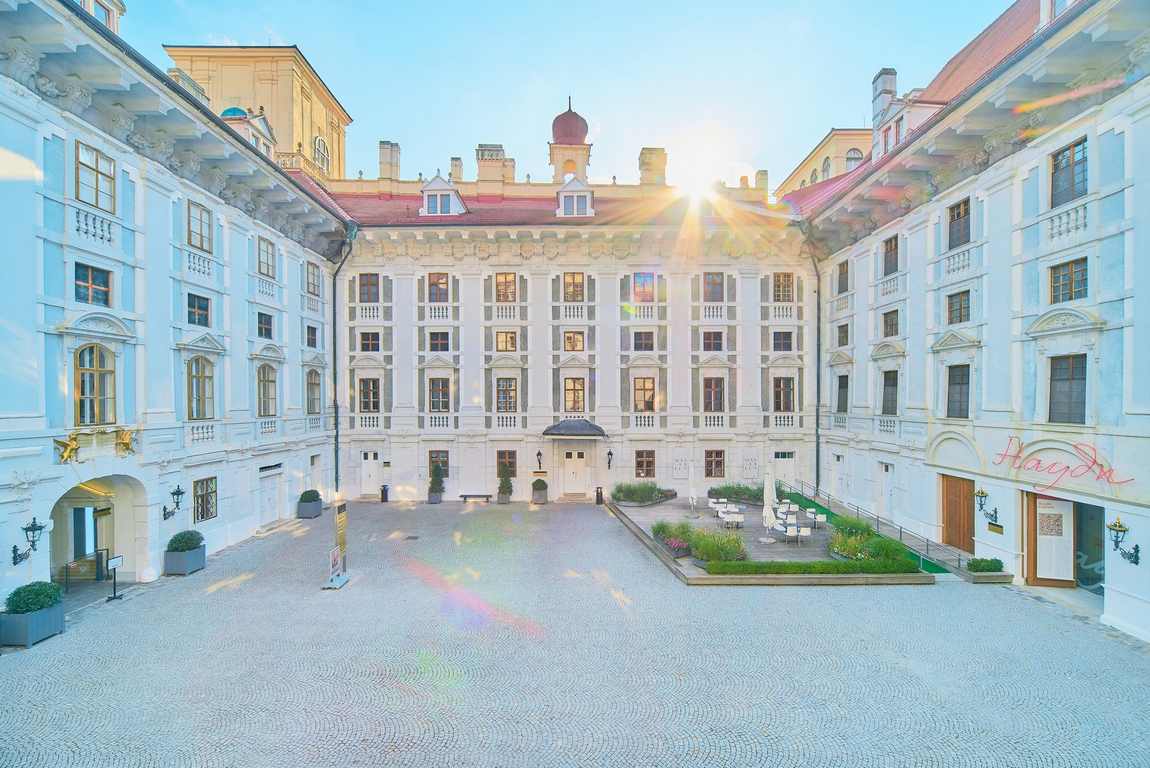
The French architect Charles Moreau was commissioned to completely redesign the Esterházy Palace in Eisenstadt, leaving only the centre unchanged. Lavish colonnaded halls were to be built on either side of the building — the east wing for the theatre and opera, and the west wing for the art gallery.
Unfortunately, most of the project remained in Moreau's drawings as the Napoleonic Wars and the Prince's extravagant personal debts made such an expensive undertaking impossible.
All that remains of what was to be built are the two neo-classical north towers, the garden hall in front of the Haydn hall and the adjoining stately courtyard with wide streets on either side.
It was not until the middle of the 20th century, after the end of the Second World War, that the Esterházy palace and park ceased to be the residence of the chosen few and opened its gates to all visitors. Today its halls are used for cultural and social events, both local and international.
The most visited room in the palace is the three-storey Haydn Hall — the world's most famous concert hall with unique acoustics. It is named after the legendary Haydn, who spent most of his life as court composer to the princely family and composed his greatest works within the walls of the palace.
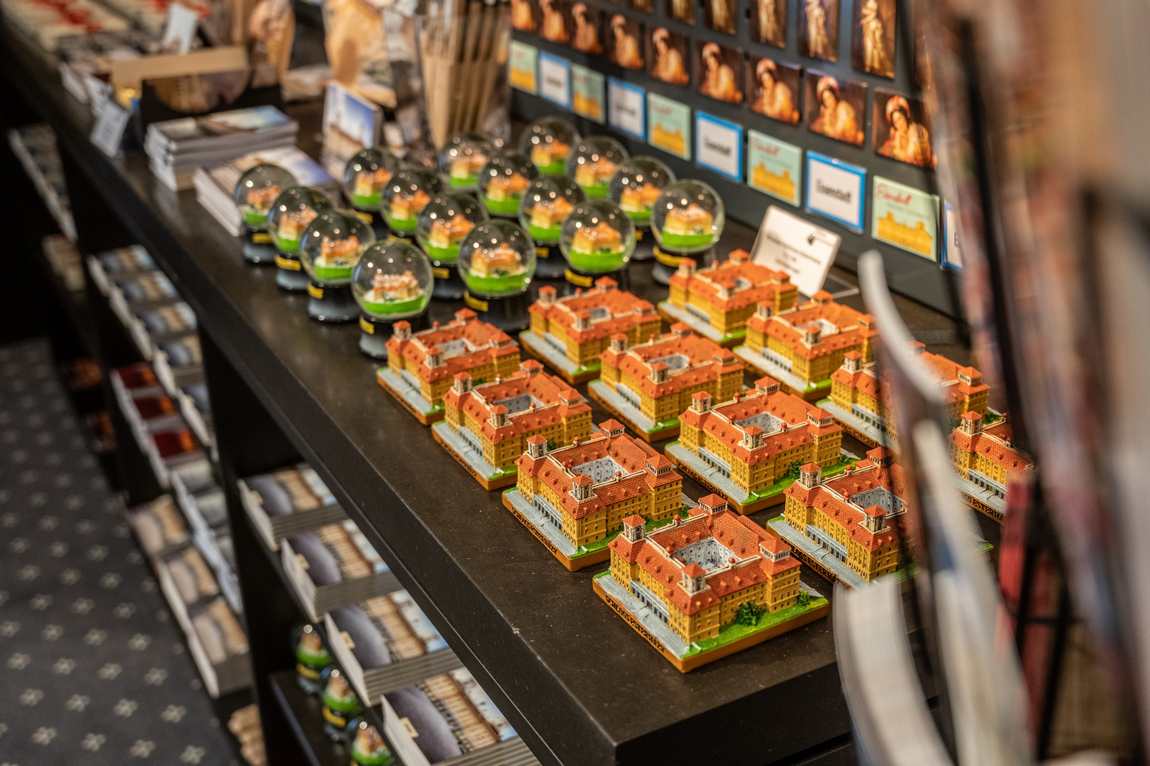
The Imperial Hall is decorated in the Empire style and is the former banqueting hall. It is usually the most admired by tourists. Tall windows in painted niches, huge mirrors at the front and linen wallpaper with gold decorations visually enlarge the room. The interior is airy and elegant, almost fairy-tale like.
The palace has many rooms dedicated to special events and rituals. Every style of interior design can be studied in these rooms.
The palace even has a place for the Orient. One of the rooms is decorated in the Chinese style, with wood carvings, painted walls, floral motifs and scenes from the life and times of Chinese families.
If you come to Esterházy Palace as a family, especially with children, you can't miss the palace park with its neat paths, fountains and flower beds, antique statues and statues of biblical characters.
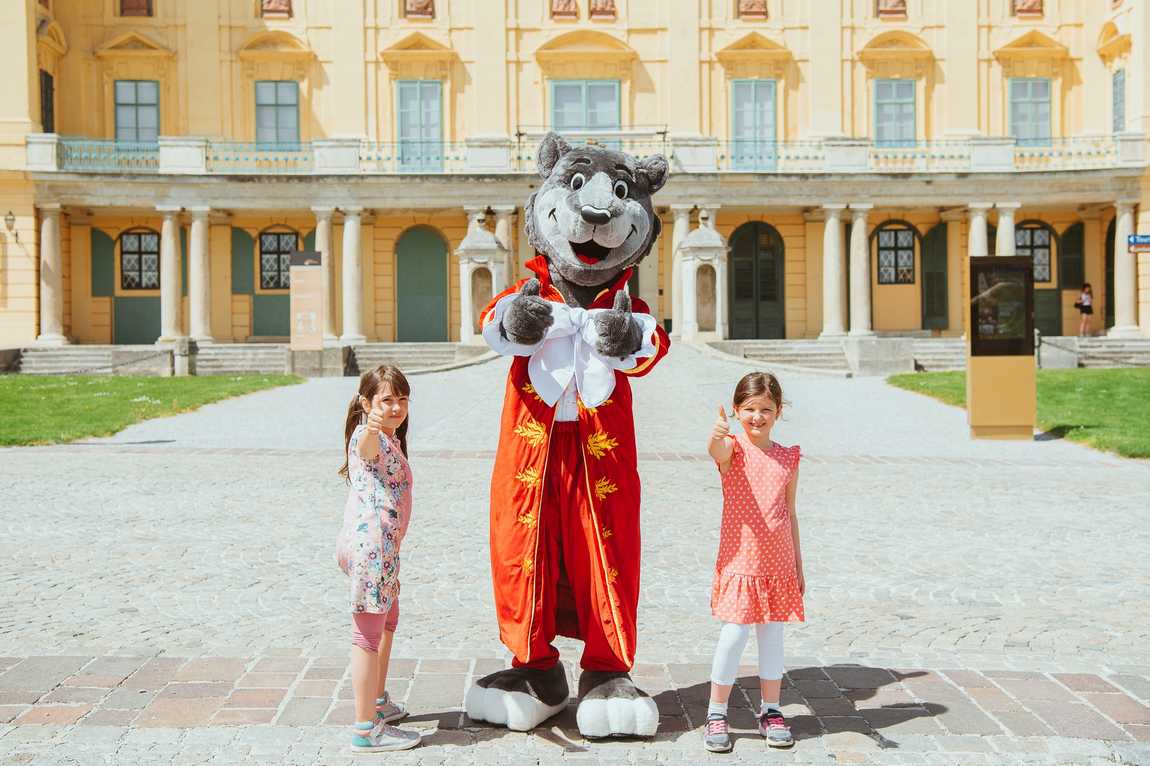
There are many ponds, rocks and waterfalls, as well as meadows and even groves that make the park a veritable Eden of harmonious and picturesque scenery.


